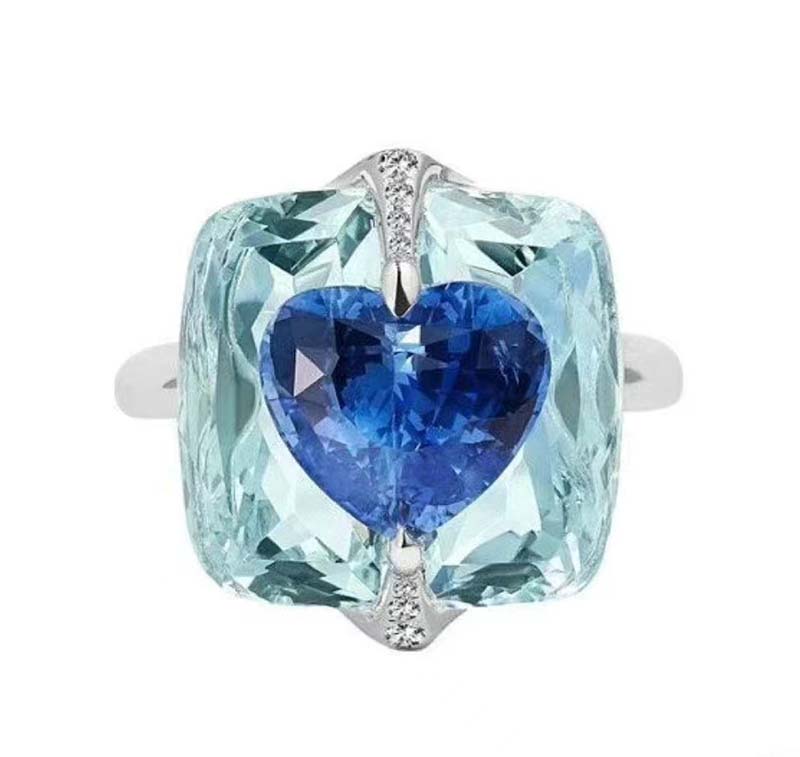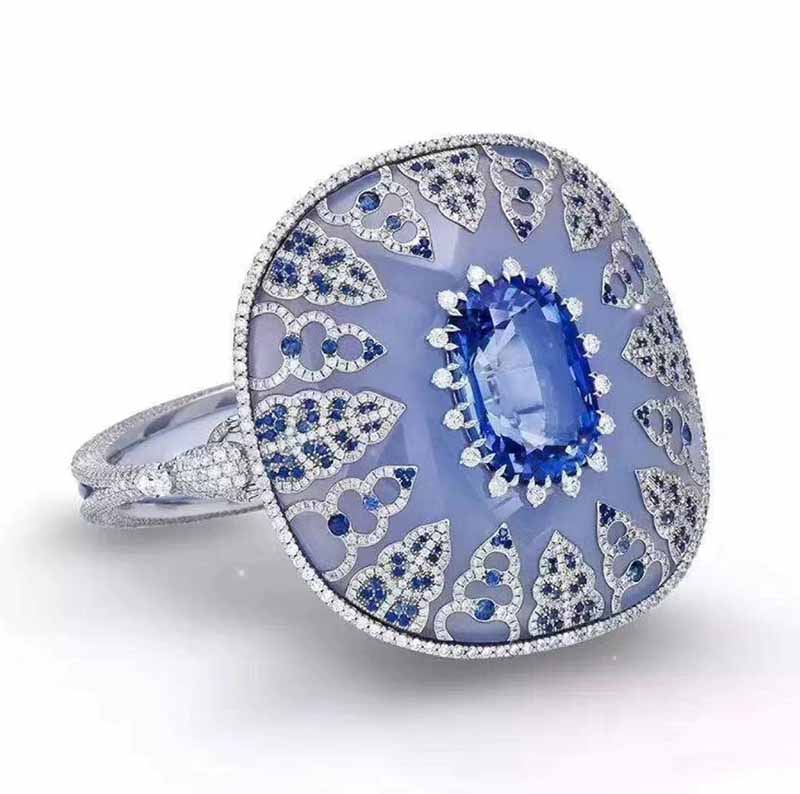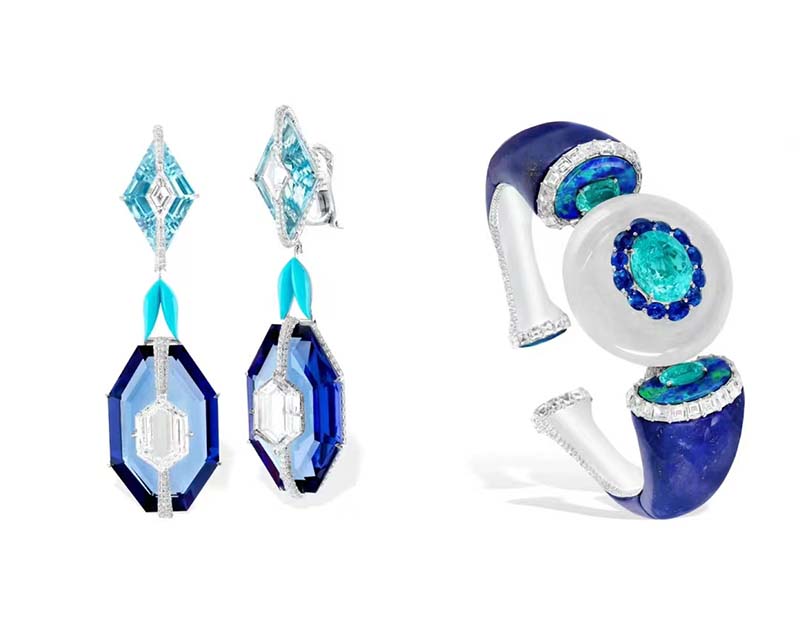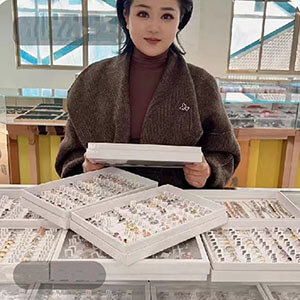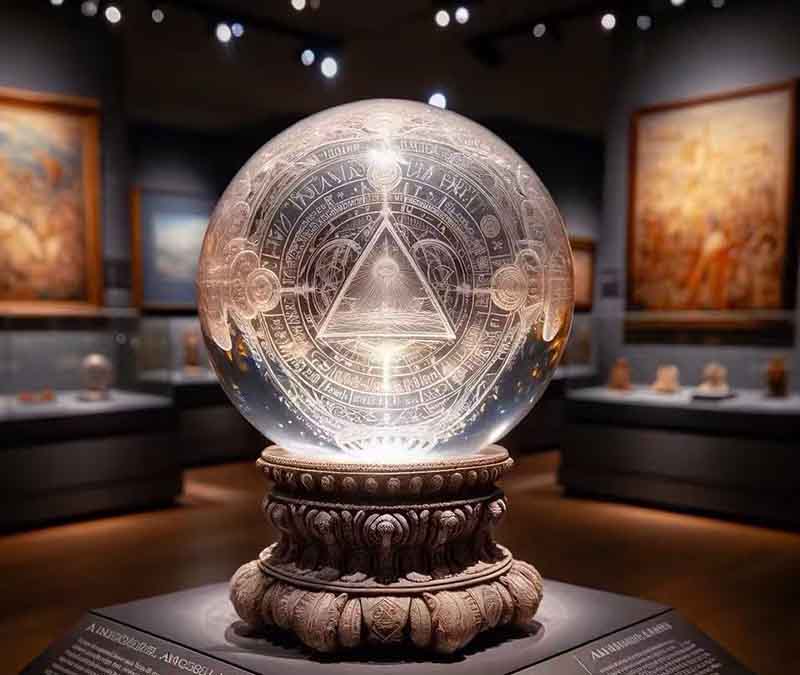In jewelry, “stacked inlay” is also known as “stone with stone” or “stone on stone.”
To put it simply, it implies that one or more stones are stacked on top of one another. There are several popular stacking techniques based on the various ways and styles of setting:
Two-stone stacking:
The two-stone stacking procedure is the most frequent in jewelry design today.
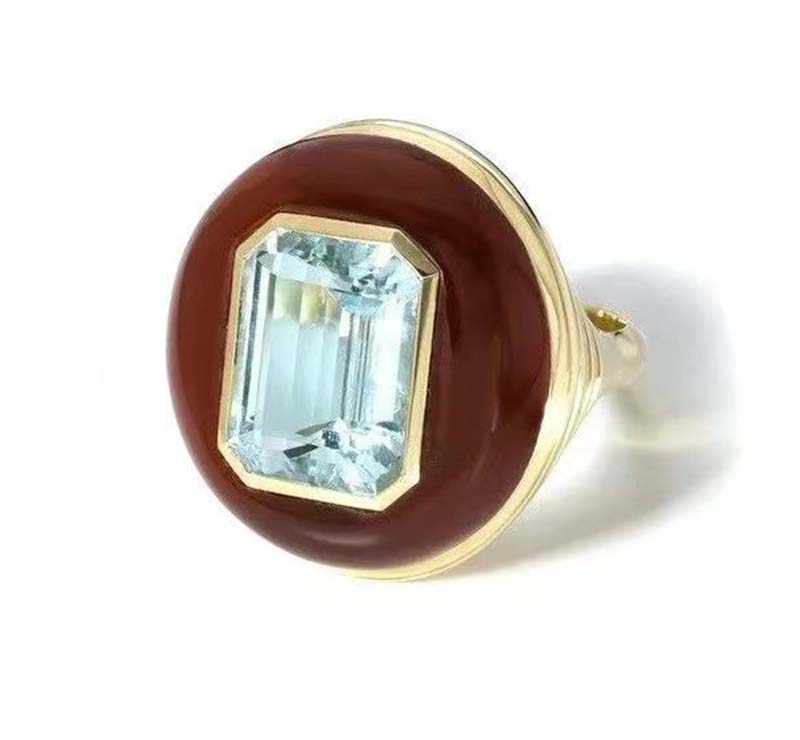
This stacking design often contains two major stones, as shown in the image above.
First, by carving out a similar slot area in the shape of the other smaller stone, one of the bigger stones is utilized as the bottom stone. The smaller stone is then kept in place with metal in the bottom stone’s groove.
If the slots are too big during this operation, the stone will simply slip out. If the slots are too small, not only will the aesthetics suffer, but the force may cause the gemstone to break.
As a result, cutting and slotting the jewels needs a high level of skill.
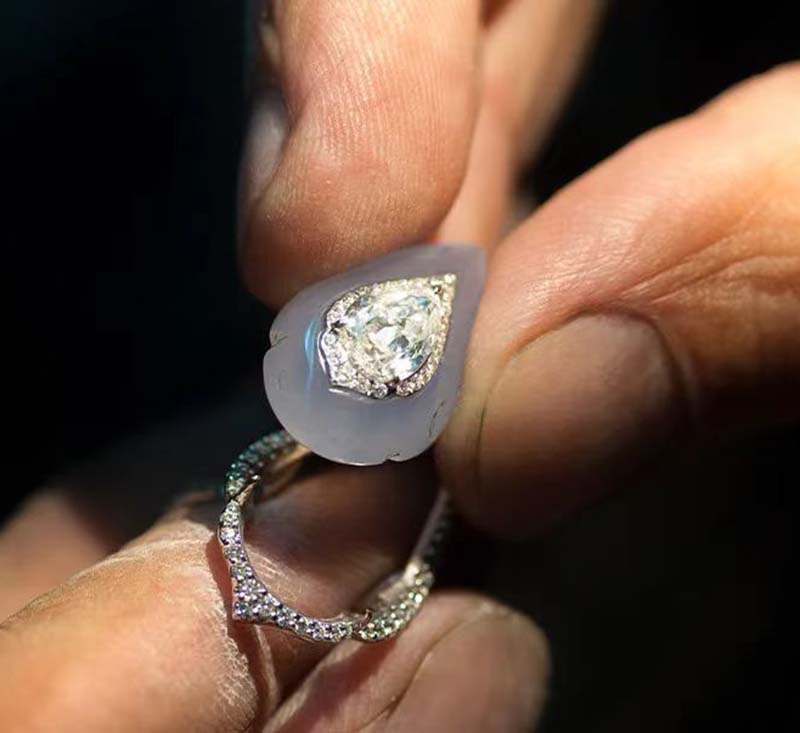
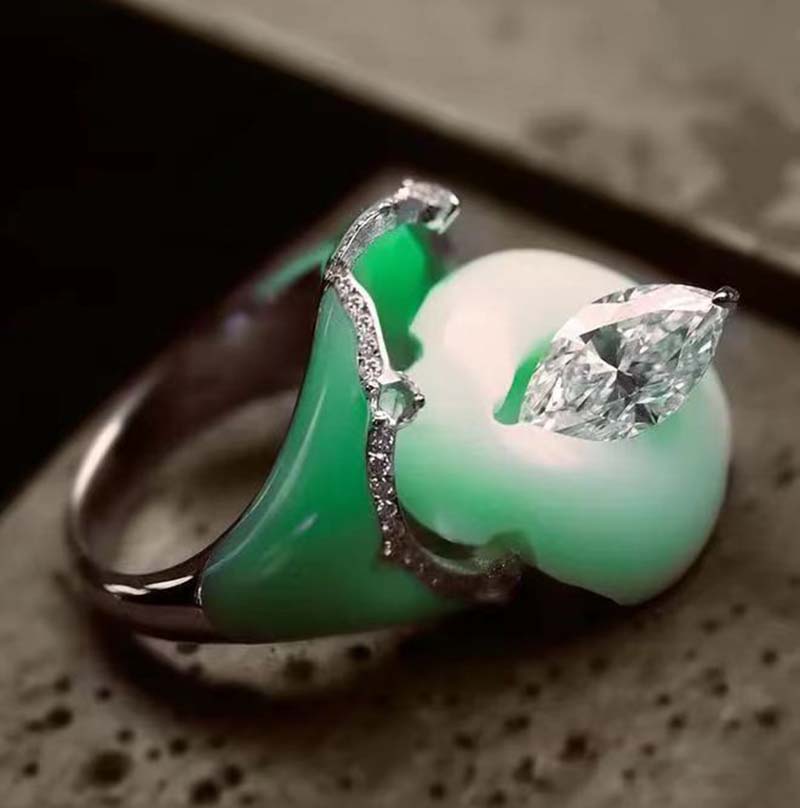
Because of the varied placements of the inlaid gemstones, jewelry with two-stone inlay will exhibit two styles:
1. Suspension:
When the main stone in the center is positioned higher, it presents the effect of one gemstone hovering above the other.
For example, in the Bausch & Lomb High Jewelry ring above, a circle of trapezoidal diamonds is stacked on top of white crystals, before a larger teardrop shaped diamond is “levitated”.
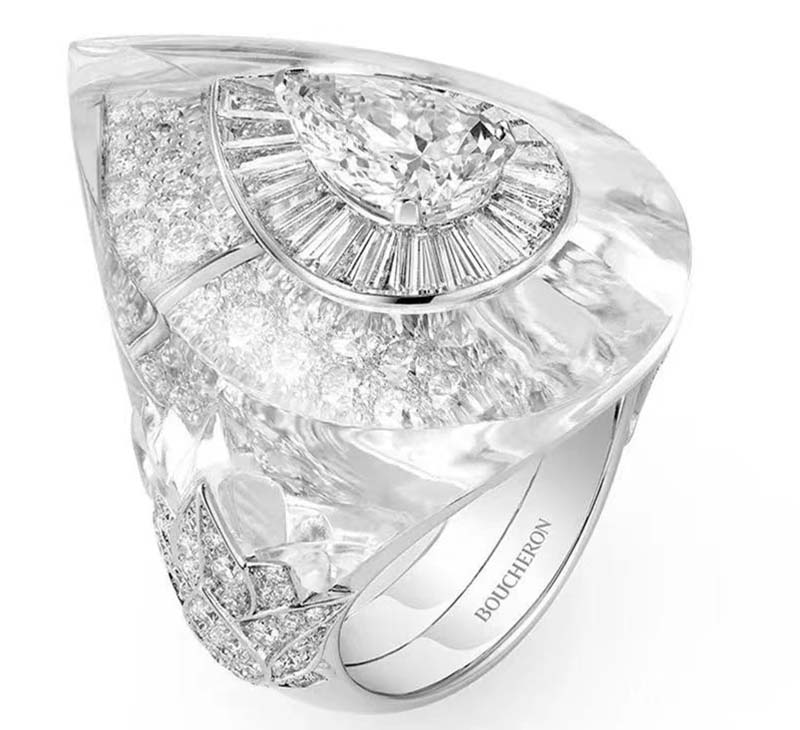

Designers frequently choose to double-set two stones in different materials to accentuate the primary stone and give the item greater context.
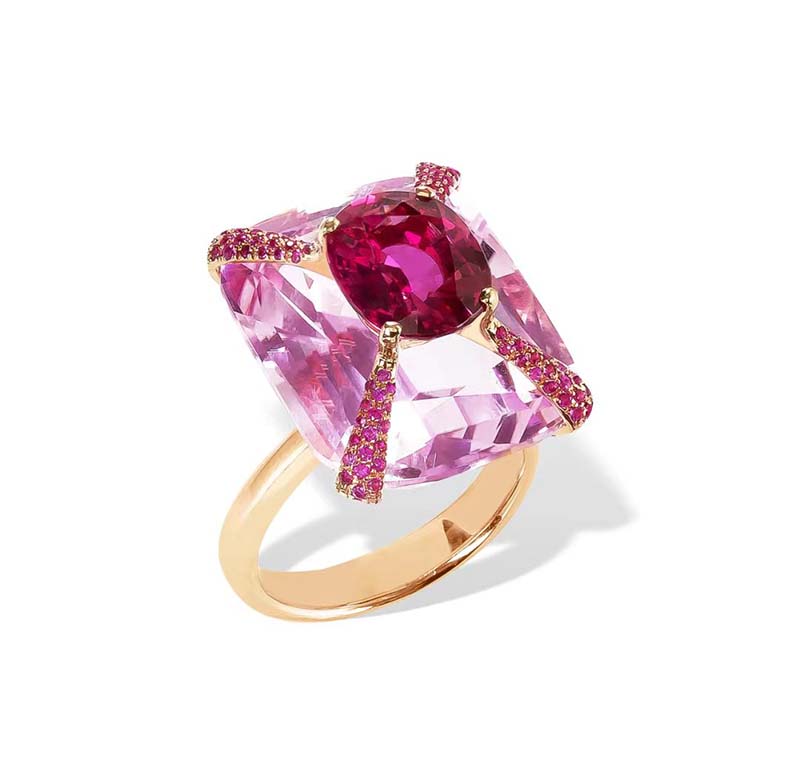
The somewhat lighter-colored stone below in the ring above, for example, is a 23.29-carat cushion-shaped violet-lithium faience. The larger oval stone on top is a 3.57 carat ruby.
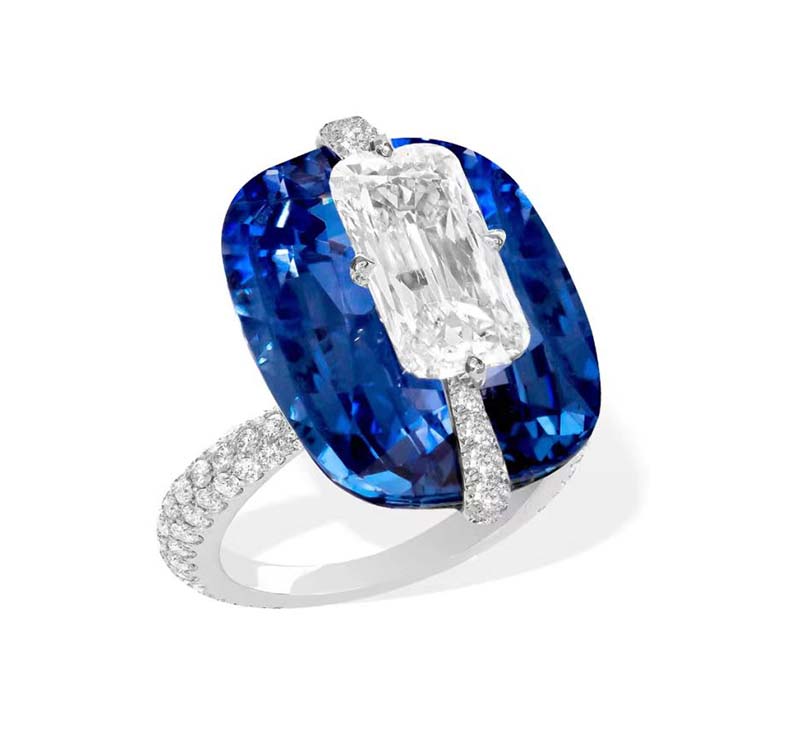
The blue stone in the ring above is a 20.58 carat Sri Lankan sapphire. The clear stone shown is a D-color diamond weighing 2.03 carats.
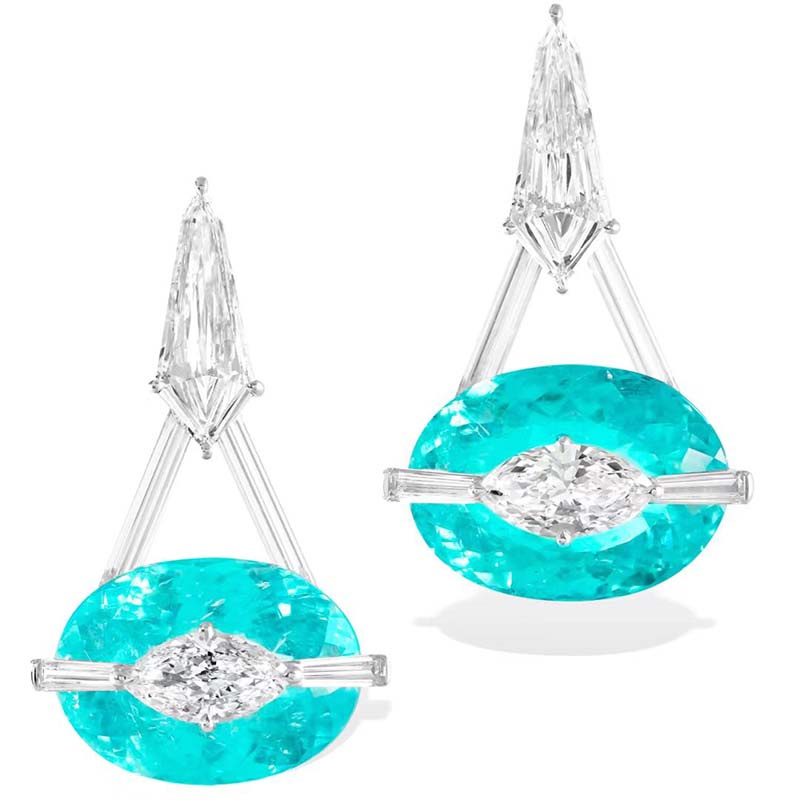
A wonderful illustration of “levitation” is the pair of earrings seen on the right. The blue stones depicted are two oval Paraiba tourmalines weighing around 18 carats.
Two 1 carat horse-eye diamonds are placed in the Paraiba tourmalines, which resemble little boats floating gently on the blue sea. It is possible to produce a sensation of suspension by following the contour of the stones, which is another kind of two-stone setting – the inlay.
2. Inlay:
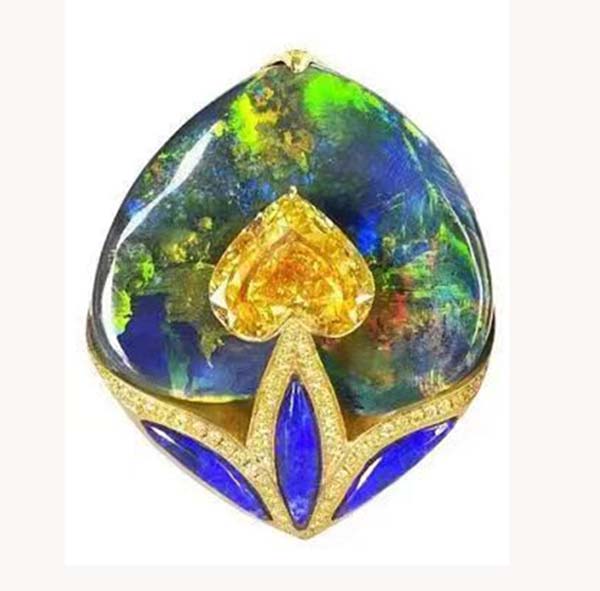
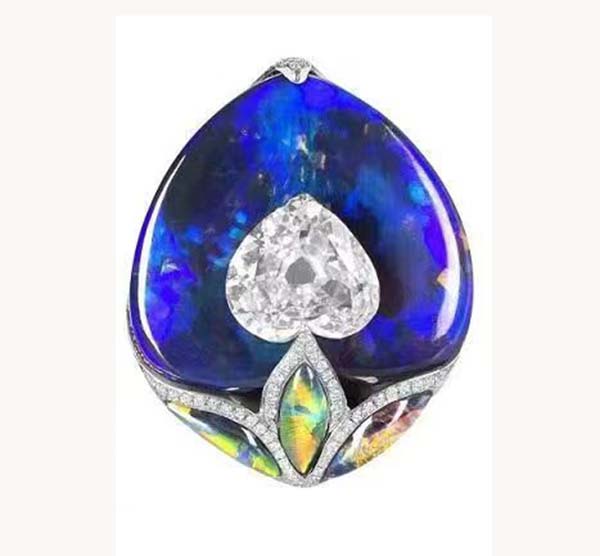
A heart-shaped white diamond is piled atop a dark blue opal in the pair of heart-shaped stud earrings shown above. Stacking a heart-shaped yellow diamond atop a green variegated opal.
These two diamonds are implanted in the opal, and the beautiful varied hues reflect the gems’ fire with exceptional visual impact.
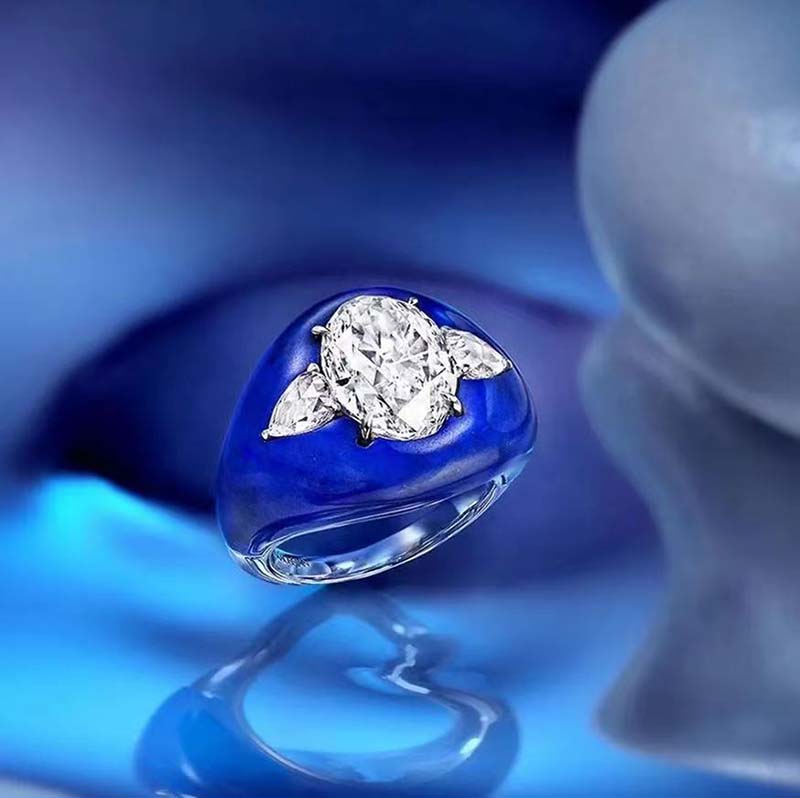
Although the great brands in jewelry do not consider cost when developing stacking jewelry. For common usage, however, chalcedony, agate, crystals, lapis lazuli, and other inexpensive gemstones are frequently selected as the “bottom stone” beneath.
This saves the jewelry aficionado’s budget while retaining a premium look. For instance, the ring above has a white crystal as the bottom stone, which is stacked with a fresh green tourmaline.
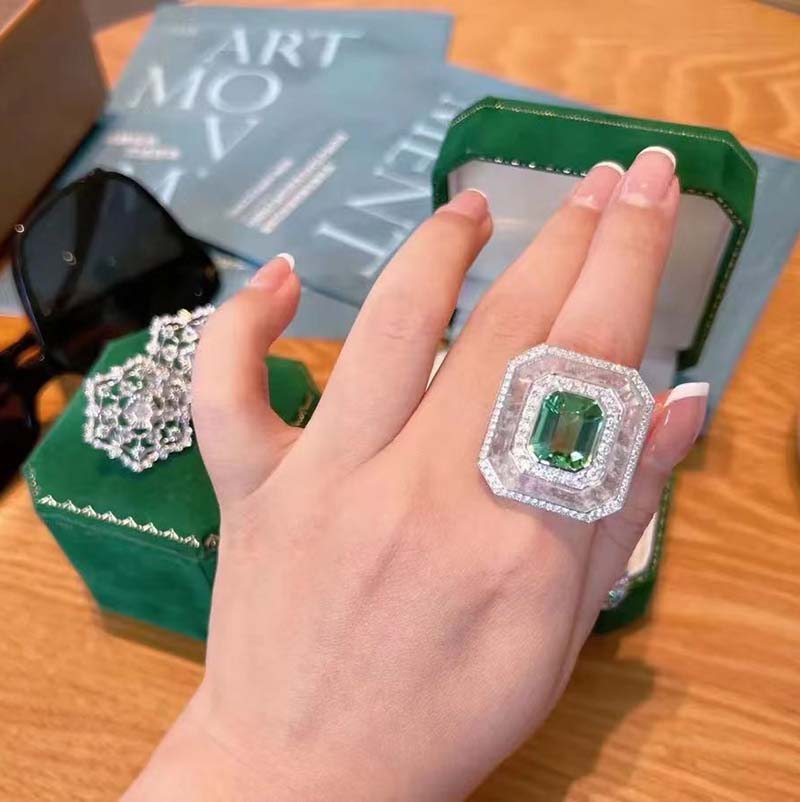
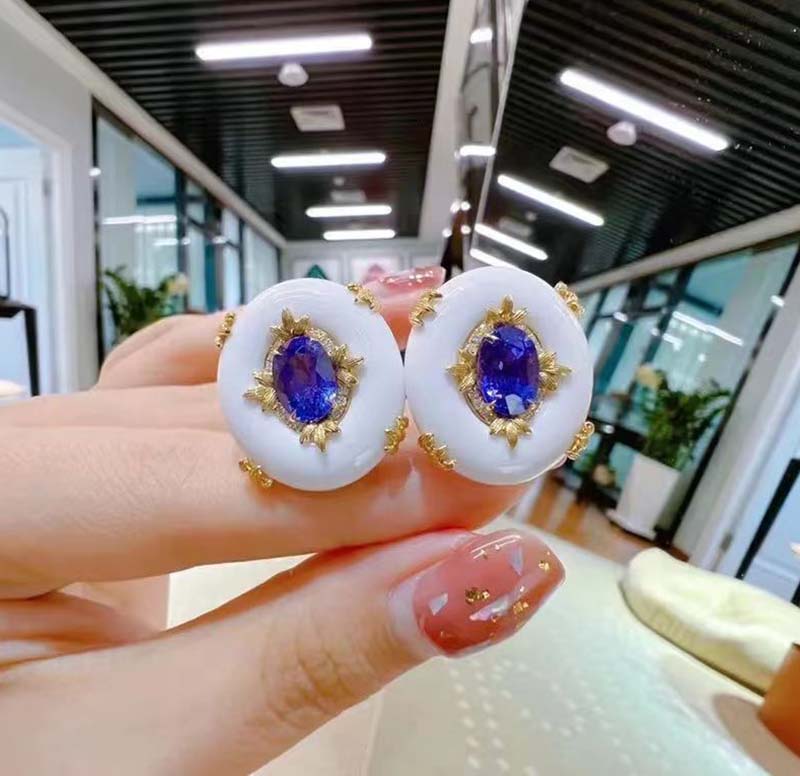
The stud earrings, above, have white chalcedony as the bottom stone, stacked with ghostly blue tanzanite.
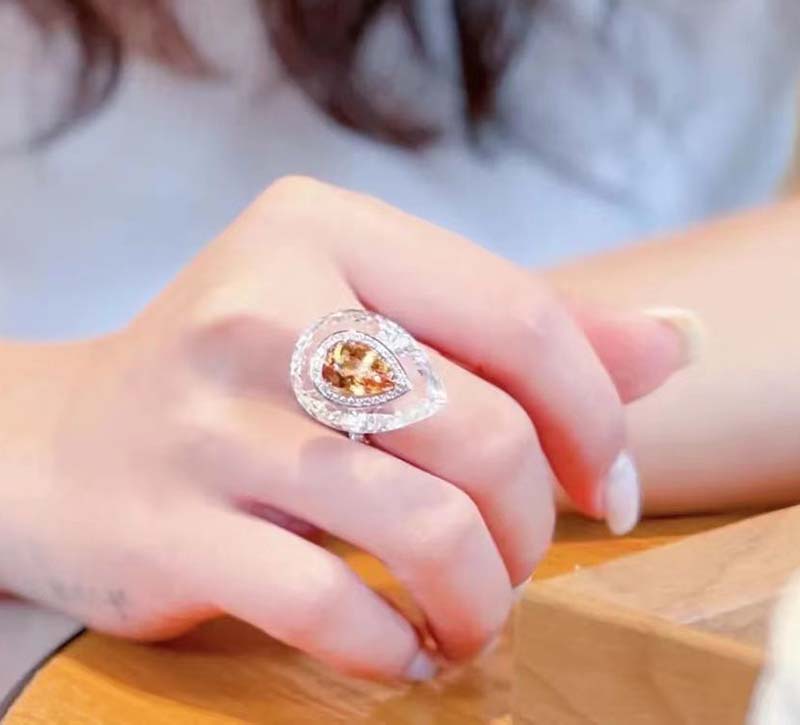
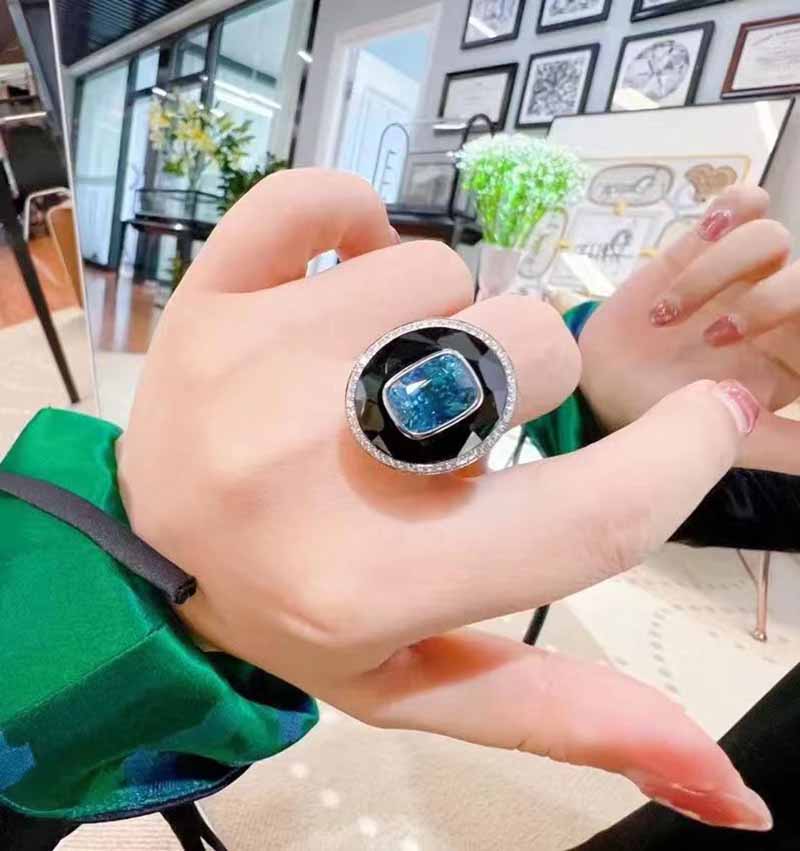
Multi-Stone Stacking:
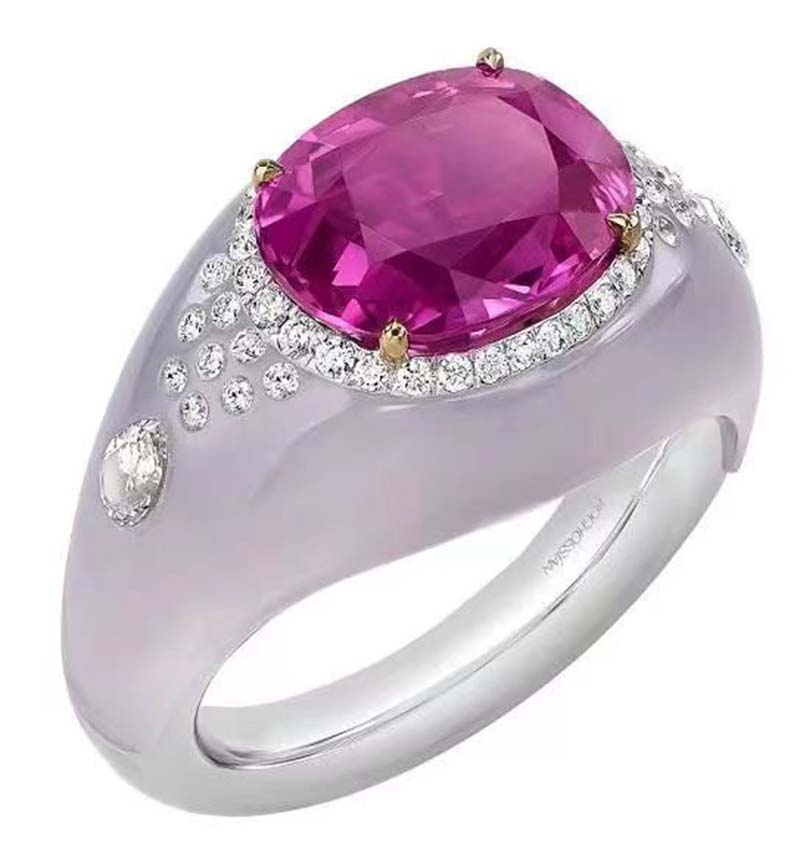
This is the process of stacking numerous stones made of various materials or with varying grains. It is the same as a two-stone configuration, except the stones must have more slots . It necessitates more careful craftsmanship than a two-stone setting.
This ring has a multi-stone setting. A cushion-shaped sapphire serves as the primary stone, an amethyst serves as the bottom stone, and a number of diamonds serve as embellishments.
Trasparenze:
The Italian firm Vhernier produced the unusual twin stone setting “Trasparenze,” which means “transparent” in Italian.
The procedure begins with the cutting of crystals along the outlines of the colored stones. The curved crystal is then placed on top of the stone, and the appropriate texture is cut into it.
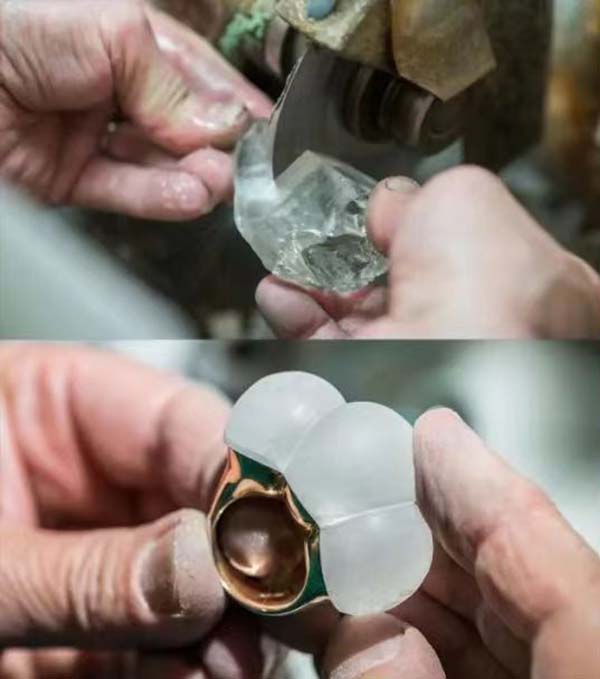
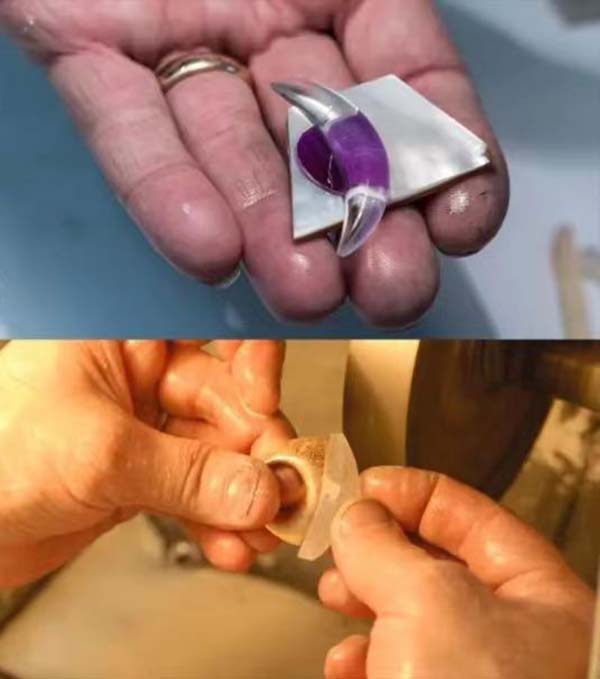
This process not only brings out the natural colors of the colored gemstones through the clear crystal, making it appear crystal clear and full, but also produces rich variations in color and light.
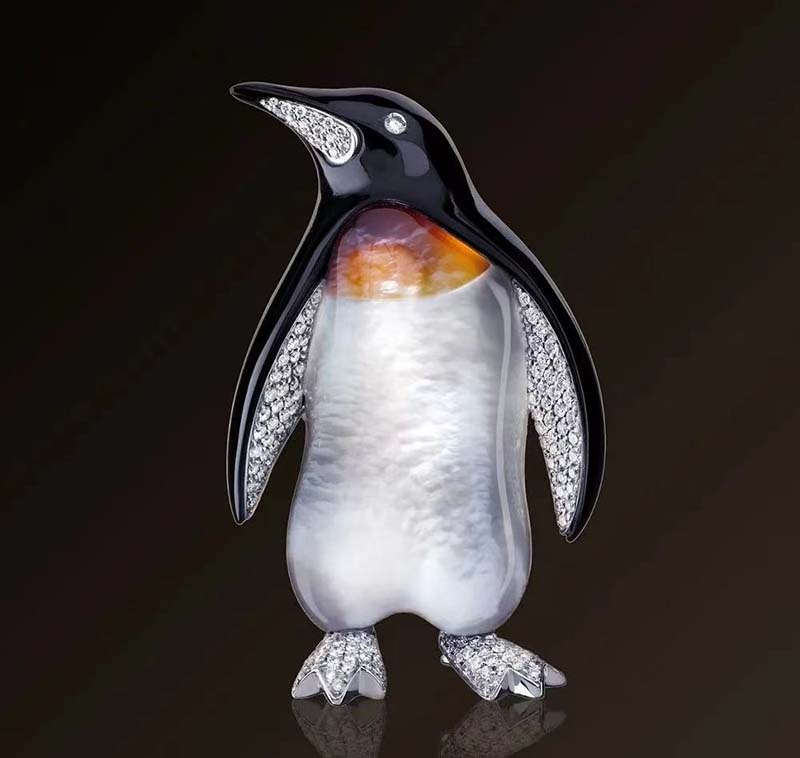
The belly and throat of the small penguin depicted above are set with mother-of-pearl and carnelian. It is then piled with crystals that have been trimmed to fit the curves of the colorful stones.
The natural texture of the stones can be seen through the surface of the crystals. With the fluffy look etched into the crystals, one gets a sense of the penguin’s soft, fluffy tiny tummy.
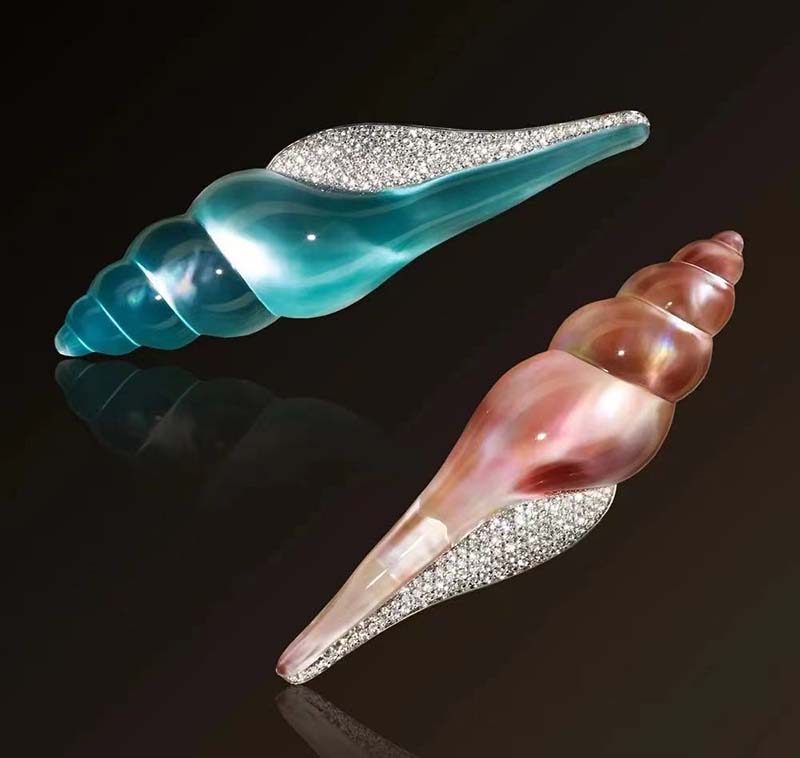
These two conch brooches, the blue one is set with turquoise and mother of pearl. The pink one is set with pink mother-of-pearl and accented with diamonds.
They are each layered with crystals to create a unique light and shadow effect, making the conch look as if it were in clear, sparkling water. The crab brooch above in white gold is made of chrysoprase in the green part. The surface is inlaid with crystal quartz and embellished with round brilliant diamonds.
The turtle brooch shown down is made of white gold with onyx for the black one, shukla for the purple one, chrysoprase for the light green one and lapis lazuli for the blue one.
The colored stones are all inlaid with crystal quartz, on which a hexagonal turtle shell texture has been carved.
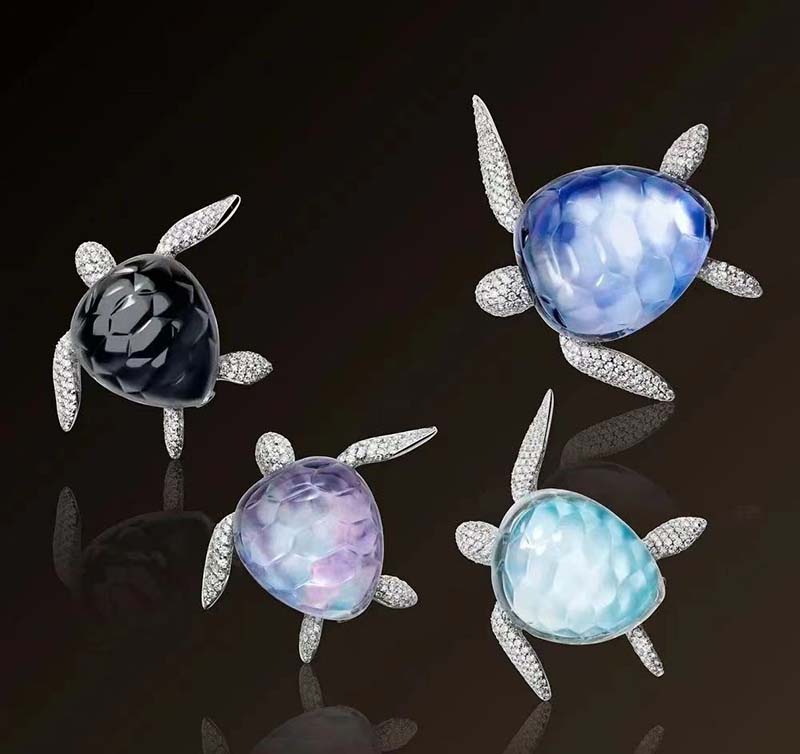
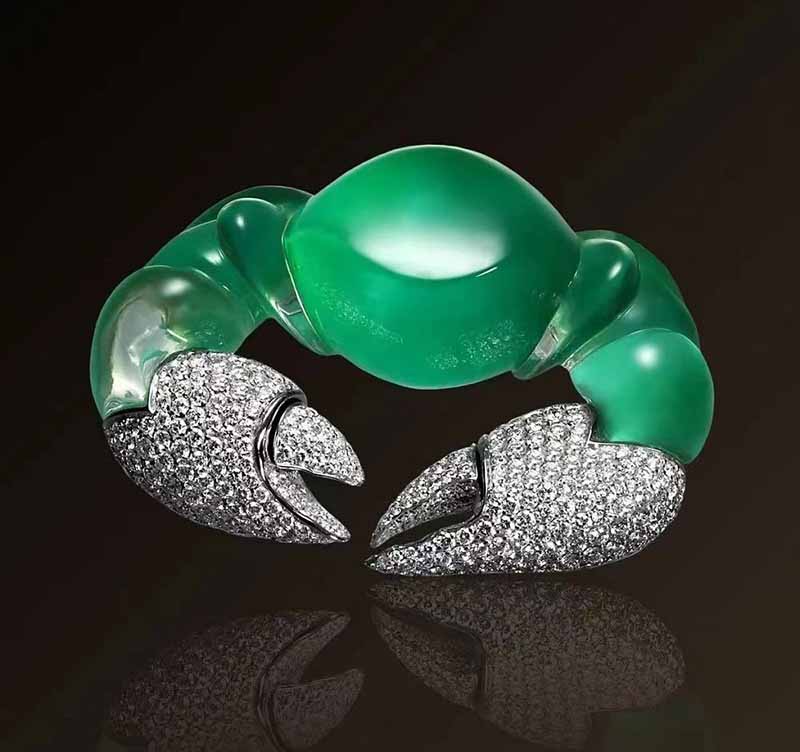
Crystal Haze Craftsmanship:
Stephen Webster, a British designer, devised the Crystal Haze method in 1995. This technique use thin slices of colorful gemstones (e.g., turquoise, onyx) as a backdrop and a faceted cut crystal above it to improve light reflection while improving the diversity of light and shadow from the gemstones.
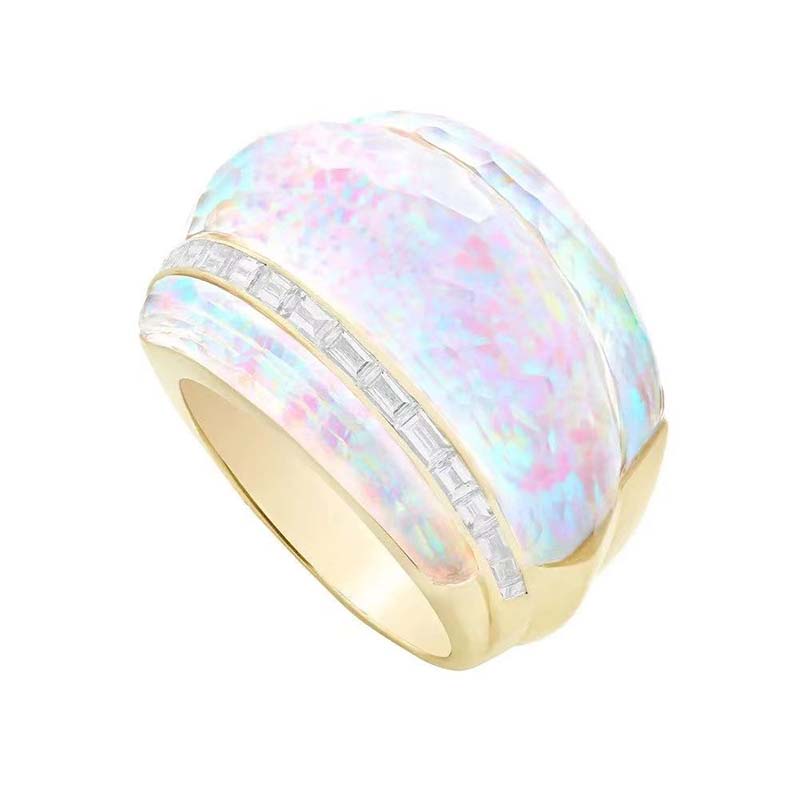
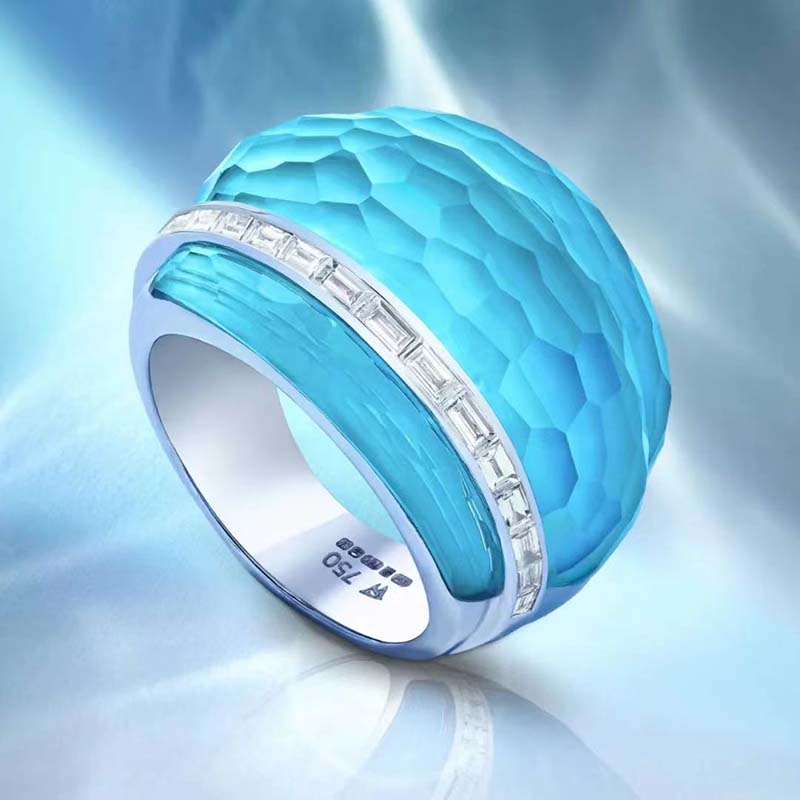
When you gaze at the turquoise cocktail ring pictured above, it’s as if you’re gazing into a sparkling blue swimming pool.
What is your favourite piece of stacked jewellery?
